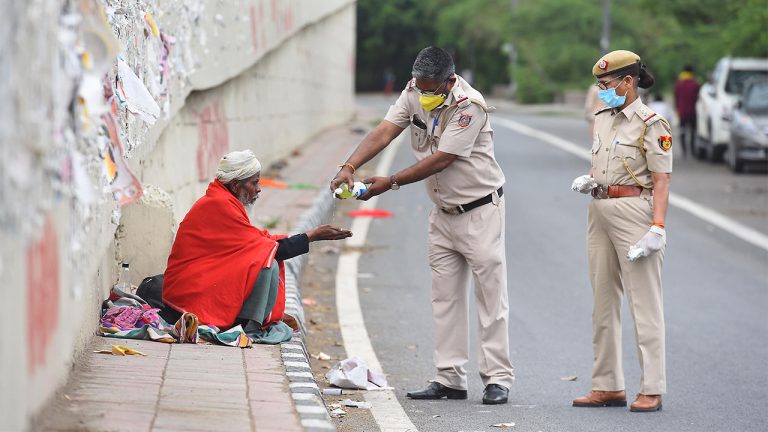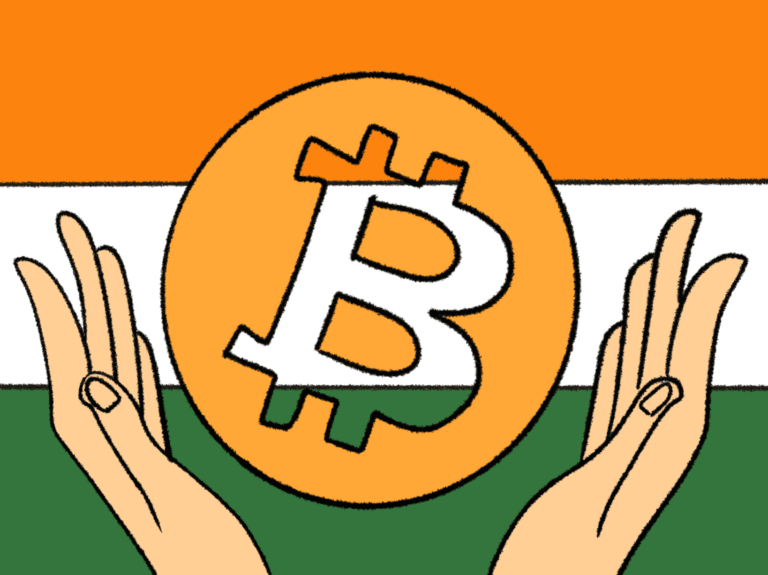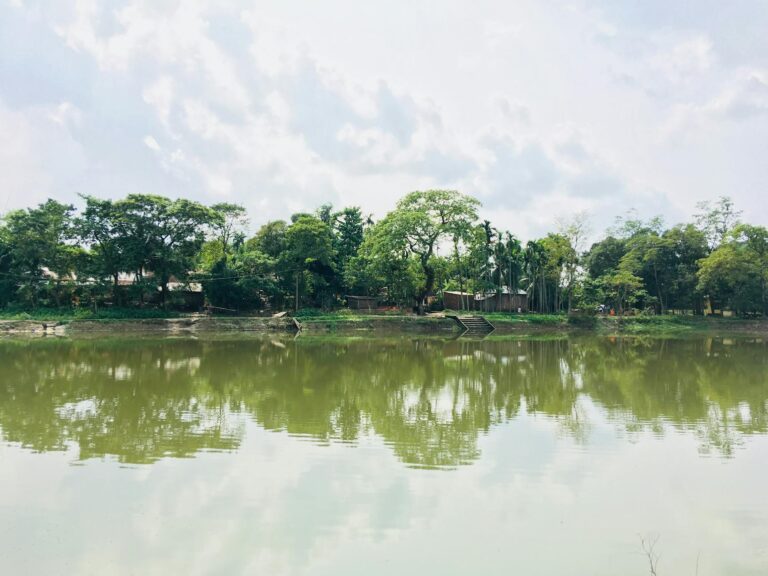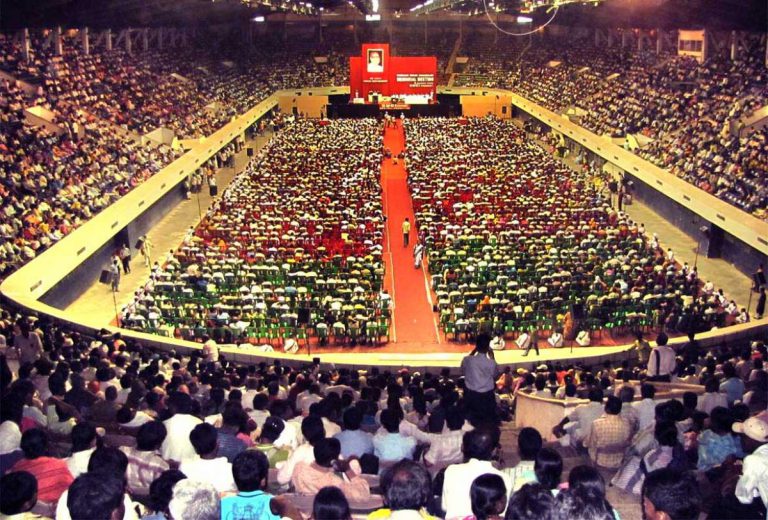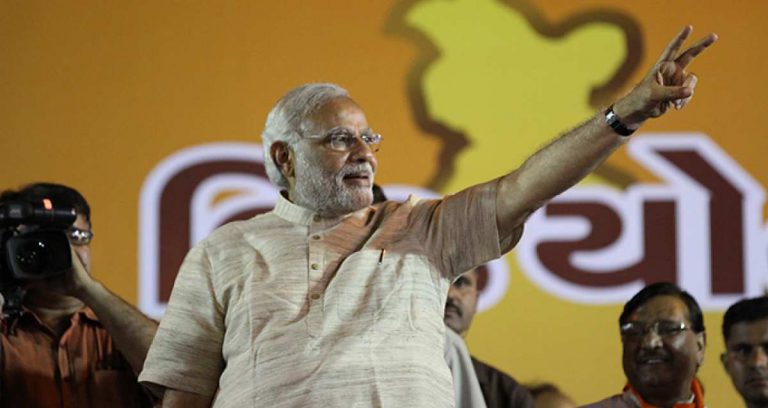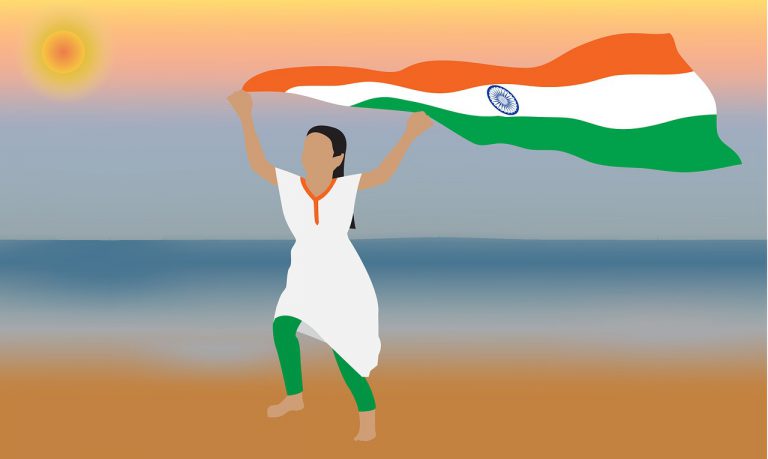Should we not have more women in the Indian Army?
Cutting across all socio-economic strata, women in India face a wide range of discrimination; be it in their job choices, political rights or voicing out their rights. They do confront various degrees of inequality when it comes to developing themselves in any sphere of life. Women empowerment is, thus, in the foremost need to extract the best potentialities of women in India, not only in sharing political power to administer the nation, improving economic standards at par with men in terms of job choices and employment but also in defending the nation.
Defence is generally associated with masculine power, physical strength, endurance and stringent mindset in terms of guarding the borders, confronting the deadliest attacks of enemies, irrespective of the time of the day, taking bullets, proudly on their chests, getting attacked but still enduring the strength to defend the nation from all odds. That is what our Indian Army does every single moment. India ranks as the fourth most powerful militarily equipped nation in the entire world after the United States, Russia and China. She is armed with highly skilled arms and commanders, defending India in the most daring and best possible ways. For the recruitment of the ablest officers into the Army, various strict examinations are conducted to select the deserving candidates. Every year, Union Public Service Commission conduct the examination of Combined Defence Services to enable the able candidates to receive the best officer training in the most reputed Academies associated with defence such as Indian Military Academy (IMA), Officer’s Training Academy (OTA) and Air Force Academy (AFA) and to be well equipped with strength and knowledge to serve our nation and also National Defence Academy through the NDA examination.
The Past
The conventional mindset of people would generally associate strength and endurance as well as defence with men. Women can never be thought to be inducted into the army for combat. However, women played an important role in the Indian Army since 1888 with the formation of the Indian Military Nursing Service during the reign of the British. They were recruited as officers but were not permitted to serve in the combat units, rather, they served in armoured corps, mechanized infantry except the MARCOS, Garud Commando Force etc.
Another foremost instance of women empowerment in defence in the context of India is the Rani of Jhansi Regiment with regard to the Indian National Army (INA) formed by Netaji Subhash Chandra Bose. He meticulously prepared the blueprint for the mission to free undivided India from the clutches of colonial power of the East India Company.
Bose was regarded as the significant nationalist leader to resuscitate the fledging of INA that comprised of the Indian prisoners of war (PoW) from the defeated forces of the British in Singapore and the Indian independence league. He appealed to women to come to the forefront to defend the nation and also to form women societies. In 1928, Bose organized a 300 strong women’s section comprising of Bengali Volunteers to parade on Calcutta Streets on the day of the Indian National Congress’ gathering. This was the earlier prototype of the Rani of Jhansi Regiment. While addressing the soldiers on the first INA in Singapore Padang, Dr Lakshmi Swaminathan was announced as the Supreme Commander of INA. Bose stressed on the composition of INA not be limited only to Jawans but both to males and females to defeat the opponent. In Lakshmi’s words, therefore, “if it was to be a true Indian National Army, every physically fit Indian should enlist. Above all, the Rani of Jhansi Regiment must be raised to dispel all talk of the INA being a puppet army. He stressed the need for this over and over again”. Bose believed that he had great faith in women and felt that, ‘given the opportunity, there was nothing they were not capable of doing’, Men and women were two equal halves of a whole’ (Rettig, 2013). Therefore he believed that in the fight for independence women should not remain spectators,’ and instead they ‘should play a positive role’. Women empowerment was equally emphasised by Bose while battling for independence. Rani Of Jhansi remains a powerful example of women engagement in battling and defending the nation.
Women in Indian Army
In 1992, women were first inducted into the armed forces as officers. The Central Government had previously cited numerous reasons for not allocating major positions to women in serving in the Indian armed forces, which resulted in somewhat gender disparity. Traditional norms and societal values that are assigned to the women community occupy the foremost reason behind not allowing women to join the combat and armed forces. The Center already informed that the ranks in the armed forces are predominantly dominated by men who are recruited from remote/rural areas and their mindsets are not fashioned to accept female commanders and officers, which are indicative of violation of gender equality.
Moreover, the most possible reason that the Government stated is the obstacles that soldiers confront being the PoW following the past incidents. Since 1992, though doors were opened to women to join the defence forces, they were not permanently commissioned. In spite of the glorious view at the Republic Day Parade, where women are seen to lead the contingent, the question of permanently commissioning women in the services had remained a major question. However, India’s Army accounts for 1.3 million active personnel and women make up to 3% of the Army according to New Delhi Television compared to 4.5% in China, 16% in the USA, 40% in North Korea and so on.
A Major in the Indian Army is responsible for a wide range of strategic roles and has to command and direct the army of soldiers as well as the military units assigned to the major. Women empowerment does not only denote equal opportunity for development but also the way they maintain a state of equilibrium between their two spheres of life, personal/private and the professional domains.
Way ahead
In order to ensure gender parity in the defence forces, the Government of India has announced a grant of Permanent Commission to women officers in all the branches of the Arms and Defence Services. This was done in addition to sanctioning the first batch of 1,700 women in the Military Police Corps in a phased manner in January 2020 and trained for 61 days in basic military and advanced provost training on par with their male counterparts in Bengaluru. The Supreme Court also struck down the Army’s discriminatory criteria for the selection of women officers in Short Service Commission (SSC) i.e., requiring them to match the lowest merit of male officers and to be in SHAPE-1. The court directed that all the candidates not granted permanent commission must be considered afresh based on their medical standard as prevailing at 5/10 years of service, and all their annual confidential reports must be evaluated. Such a benchmark verdict will definitely draw a line of end in the years of a legal battle in respect of gender equality in the WSSCO in Defence services, allowing them to serve according to the terms of the policy.
A number of women officers, recently, have become a major source of inspiration and motivation for all those women who aspire to join the Forces. Lieutenant Madhuri Kanitkar being the foremost among all women is the third women Lieutenant General in India and has been serving for 37 years in the Defence Services of India. She served as the Dean of the Armed Forces Medical College and is currently posted in Udhampur’s Army Command Hospital. Another personality who provides a wave of inspiration to many was Punita Arora who was the first woman from the Indian Navy to get the highest rank in the Armed Forces, first Air Marshal of Indian Air Force and the second woman to be promoted to a Three Star Rank. Bhawana Kanth is also the first woman fighter pilot who became a part of the Indian Air Force Tableau along with Captain Tania Shergill who becomes the first woman to lead to male contingent in the Republic Day Parade 2021, fetched the attention of many and motivated many such women aspirants to dream to join the Forces, offer their services to the nation and defend her.
India is becoming more advanced in spending on defence and importing Arms. The verdict is indeed a beneficial turning point in permitting women in the Forces. The problem may still lie in the operation of the women officers in terms of night duties, accommodation in tents, security and so on. The platform of the international arena is dynamic and so as the techniques of warfare and diplomacy. India, which has seen the glorious eras of eminent women power such as Rani Lakshmi Bai, Sarojini Naidu, and Beena Das, more prospects for women should be channelized so that woman strength can also be utilised in the defence to make the Army all the more powerful and well equipped that will encompass the knowledge, strength and mind-set of both the genders, male and female, making India, truly, the Unstoppable Nation!
References
Rettig, T. (2013). ‘Recruiting the all-female Rani Of Jhansi Regiment: Subhas Chandra Bose and Dr. Lakshmi Swaminathan’. Taylor & Francis, Ltd.
PICTURE SOURCE: Getty Images



